Overview
Whether you’re looking to maximize your travel benefits or simply maintain a healthy credit score, credit cards are a powerful tool in your financial arsenal.
More open accounts, a lower utilization, and a variety of cards all lend value to cardholders, but the eye-catching perk-laden cards often come with a price, and those prices are only getting higher. Yet thousands, if not millions, of customers are opening the big buck products without consideration for the value they’re losing.
With that in mind, it’s important to remember there are a number of excellent cards out there with no annual fee. Of course, you’re not going to be rolling in luxury perks, but some of these brilliant cards offer outweighed value and offer a low-risk approach to building credit and some miles.
Whether you’re a fresh-faced newbie or a seasoned pro, check out some of our favorite top no-annual-fee credit cards.
The Bottom Line:
Is it worth it to get a no-annual fee card? Yes!
Whether you’re a fresh-faced newbie or a seasoned pro, check out some of our favorite top no annual fee credit cards below.
The quick pick:
What is a No-Annual-Fee Card?
A no-annual-fee credit card is the ultimate “set it and forget it” kind of card. As the name suggests, you don’t pay a yearly fee just for having it in your wallet. That makes it a low-risk option. You can keep it open indefinitely without feeling pressured to “use it enough” to justify a cost. Most no-fee cards earn some type of reward, whether that’s cash back on groceries, points on dining, or just a flat-rate earn rate on everything.
They’re also a popular choice for beginners because they’re easy to manage and don’t come with a laundry list of complicated perks. I like to think of no-annual-fee cards as the low-maintenance friends of the credit card world. They don’t ask much of you, but they’re there when you need them, helping you earn rewards and build credit without costing you a dime.
Should you get a no-annual-fee card?
Here’s a quick checklist to help you figure it out:
You don’t want the pressure of “earning back” an annual fee
You’re looking for a simple card for everyday purchases like groceries, gas, or streaming subscriptions
You’re new to credit cards and want to start building your credit score responsibly
You travel occasionally (or not at all) and don’t need luxury perks like free hotel nights or airport lounges
If you can confidently say yes to the above, then a no-annual-fee card is probably the best choice for you. Basically, if you like simplicity and savings, no-annual-fee cards are a great choice. If you’re a frequent traveler chasing upgrades, lounge access, and maximum rewards, then paying for a premium card might be worth it.
The Rundown:
Best all around no annual fee credit card: Chase Freedom Unlimited®
Best for points and miles newcomers: Capital One VentureOne Rewards Credit Card
Best card for renters: Bilt World Elite Mastercard
Best no annual fee airline card: United Gateway℠ Card
Best for targeted earning: Bank of America Travel Rewards Credit Card
- Best for: Beginners looking for a low risk entry point
- Annual Fee: $0
- APR: Enjoy 0% Intro APR for 15 months from account opening on purchases and balance transfers, then a variable APR of 18.49% - 27.99%.
- Reward Rate: 1.5%-5%
- Recommended Credit: 670-850
Chase Freedom Unlimited®
Earn a $200 Bonus
Offer Details:
Intro Offer: Earn a $200 Bonus after you spend $500 on purchases in your first 3 months from account opening
Why we like it
The Chase Freedom Unlimited does seem like a strong choice for beginners, but its quirks mean it can still find a place in a seasoned points and miles enthusiast’s wallet. While it’s a cashback earning product, those with another Ultimate Rewards earning card can convert that cashback into super-valuable points. The unique bonus structure means the card can be a hugely valuable asset to anyone trying to build their Ultimate Reward points, effectively earning a minimum of 3% or 3 points per dollar on everything.
Reward details
5% cash back on travel purchased through Chase Travel℠, our premier rewards program that lets you redeem rewards for cash back, travel, gift cards, and more.
3% cash back on drugstore purchases and dining at restaurants, including takeout and eligible delivery service.
1.5% cash back on all other purchases.
Pros & Cons
Pros
-
Generous introductory earning rate
-
Strong earning rates after the introductory year
-
No annual fee
Cons
-
Another Chase card is required to earn points
-
Some cards have better rates after the introductory year
Terms Apply
- Best for: Beginners wanting to learn points and miles
- Annual Fee: $0
- APR: Enjoy 0% intro APR on purchases and balance transfers for 15 months; 18.99% - 28.99% variable APR after that
- Reward Rate: 1.25X - 5X
- Recommended Credit: 670-850
Capital One VentureOne Rewards Credit Card
20,000 Bonus Points + a $100 credit
Offer Details:
LIMITED-TIME OFFER: Earn $300 in travel bonuses. Enjoy $100 to use on Capital One Travel in your first cardholder year, plus earn 20,000 bonus miles once you spend $500 on purchases within the first 3 months from account opening - that’s equal to $300 in travel.
Why we like it
The Capital One VentureOne is an excellent card for those taking more deliberate steps into the world of travel rewards thanks to its lack of annual fee and flat-rate earning. Cardholders earn 1.25X miles per dollar spent on all purchases, plus 5X miles per dollar on travel purchased through Capital One. Its 20,000-mile welcome bonus is also solid for a no-annual-fee card.
Reward details
5X miles on hotels, vacation rentals, and rental cars booked through Capital One Travel
1.25 Miles per dollar on every purchase
Pros & Cons
Pros
Its flat-rate earning system makes the VentureOne an easy option for earning miles on all types of spending. While not as high of a rate as its sister cards, it may be the right option for some lower-spending users.
No annual fee makes it fairly risk-free for learning how to transfer points to travel partners and maximize the value of your rewards
The 20,000-mile intro bonus is worth $200 when used directly on the Capital One Portal, and even more when transferred to an airline or hotel partner. With only $500 of spending required to receive the miles, that’s a wonderful 20% return.
No foreign transaction fees. This is fairly uncommon for a no-annual-fee card.
Cons
Earning rate isn’t huge
Big and moderate spenders can earn more points elsewhere
Cash-back cards may be more lucrative
Terms Apply
- Best for: Renters
Bilt Mastercard®
Link a credit or debit card to start stacking Bilt Points with your usual card rewards
Why we like it
The no annual fee Bilt Mastercard® is a very unique product that can turn points earned from one of your largest monthly expenses into a heap of travel rewards and other redemption options. It’s the only card that allows you to pay your rent with no transaction fees—you’ll earn 1X points on rent, up to 100,000 points a year. Many landlords don’t accept credit cards or they charge a convenience fee to use a credit card to pay rent—making it an intriguing option for renters across the US. Plus, you can link a credit or debit card to stack Bilt Points with your usual rewards.
Reward details
3x points on dining
2x points on travel
1x points on other purchases
1x points on rent without the transaction fee, up to 100,000 points in a calendar year. When you use the card 5 times each statement period using your Bilt Mastercard, you’ll earn points on rent and qualifying net purchases.
Pros & Cons
Pros
The greatest benefit is obvious: redeeming points earned from rent into travel rewards with no transaction fees attached.
Bilt has some excellent and unique transfer partners, like United Airlines and Hyatt.
Decent points-earning potential in other categories like 2X points on travel, 3X points on dining, and 1X points on rent (up to 100,000 points in a calendar year) and other purchases.
You can earn interest on Bilt Points when you reach Silver status.
A few other nice benefits are included, such as Cellular Telephone Protection.
Cons
No sign-up bonus
Use the card 5 times each statement period to earn points. So you can’t use it solely for rent. I’d advise putting some restaurant bills on it, as you’ll grab 3X points on those transactions.
Terms Apply
- Best for: Occasional United customers
United Gateway℠ Card
Earn 30,000 bonus miles
Offer Details:
Earn 30,000 bonus miles after you spend $1,000 on purchases in the first 3 months your account is open. Plus, 0% intro APR for 12 months from account opening on purchases.
Why we like it
The United Gateway Card fits a specific customer profile, but serves them well. Its 2x miles per dollar earning rate and 30,000 mile bonus will help give infrequent United flyers a little boost and potentially cover a flight or two. Regular travelers might want something more comprehensive, but for a no-annual fee product, the Gateway pulls its weight.
Reward details
2x miles on United® purchases, at gas stations, and on local transit and commuting.
1x mile on all other purchases
Pros & Cons
Pros
Solid intro bonus
No annual fee
Strong earning in high-spend categories
Earn 2 checked bags after you spend $10,000 in a calendar year
Cons
Regular flyers can do better
Miles aren’t transferable
Terms Apply
- Best for: Beginners who don't want an annual fee
Bank of America® Travel Rewards Credit Card
25,000 Bonus Miles
Offer Details:
25,000 Bonus Miles after you spend $1,000 on purchases in your first 90 days of account opening.
Why we like it
The Bank of America Travel Rewards card is simple. With no annual fee, a flat earning rate of 1.5 points per dollar spent, and an achievable (and useful) intro bonus, it’s the perfect first card for younger earners or those nervous about stepping into the world of points. It’s not glitz and glamour, but it does what it says on the tin.
Reward details
- 1.5 points per $1 spent on all purchases
Pros & Cons
Pros
The 25,000 point bonus is redeemable as statement credit on travel purchases. More than enough to cover a domestic round trip. It only takes $1000 of spending in three months to achieve it, offering a realistic and sizeable travel return.
With 1.5 cents per every dollar spent, users don’t need to worry about bonus categories or strategic use.
There’s no annual fee, helping make it a risk free and approachable card choice.
It has a generous introductory APR on both purchases and balance transfers.
Cons
While its simplicity is its greatest strength, seasoned travel card users can find far more lucrative options.
The bonus can’t be transferred to any partners and can only be redeemed as statement credit. Companies advertise this as being flexible as there are no blackout dates or award flight availability issues, but that’s only because you’re just buying it outright as you normally would.
Terms Apply
No-Annual-Fee Cards vs Annual Fee Cards
Here’s a side-by-side breakdown to make it super clear:
| No Annual Fee Cards | Annual Fee Cards | |
| Cost | $0 every year | $95–$550+ per year |
| Rewards | Solid, but usually lower earn rates | Higher earn rates with lucrative bonus categories |
| Perks | Basics: purchase protection, extended warranty, maybe cell phone insurance | Premium: lounge access, free hotel nights, airline credits, elite status |
| Best For | Everyday spenders, beginners, credit builders, budget-conscious | Frequent travelers, heavy spenders, people who maximize perks |
Why choose a no-annual-fee card
The biggest reason is simple: no ongoing cost. With premium cards, you’re always doing mental math, “Did I use enough perks this year to cover the $95 or $550 fee?” With a no-fee card, you can relax. Even if it only lives in your wallet for emergencies or occasional purchases, it’s not draining your budget.
Also, keeping a no-fee card open helps you build credit history, which is a big factor in your credit score. Since you’re not paying to keep it around, there’s no reason to ever cancel it (which also helps your score by maintaining a longer average account age).
FAQ's
What advantages do no annual fee cards offer?
No annual fee cards have several benefits, including:
- Lower risk for cardholders: You won’t incur a recurring fee just for owning the card.
- Filling earning gaps: These cards often cover spending categories not included in premium cards.
- Building credit with multiple accounts: Having multiple accounts can help improve your credit profile.
- Beginner-friendly: They provide a low-risk way to start using credit cards and building credit.
What are the drawbacks of no annual fee cards?
While no annual fee cards have their advantages, they also have limitations:
- Fewer perks: These cards typically offer fewer perks compared to premium cards.
- Cash back rewards: Earnings are often in the form of cash back, not transferable points.
- Lower earning rates: The rewards rates are usually lower than those of premium cards.
- Reduced intro bonuses: The introductory bonuses may be lower compared to fee-based cards.
Can these no annual fee cards be combined with other credit cards for increased benefits?
Yes, some of these cards, like the Chase Freedom Unlimited and Citi Double Cash Card, can be paired with premium cards from the same issuer to enhance the value of your rewards. Transferring points between cards can allow for better redemption options.
*For Capital One products listed on this page, some of the above benefits are provided by Visa® or Mastercard® and may vary by product. See the respective Guide to Benefits for details, as terms and exclusions apply


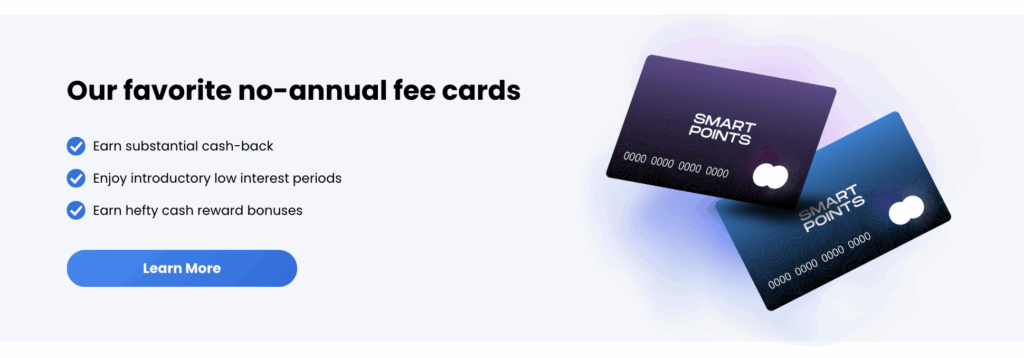
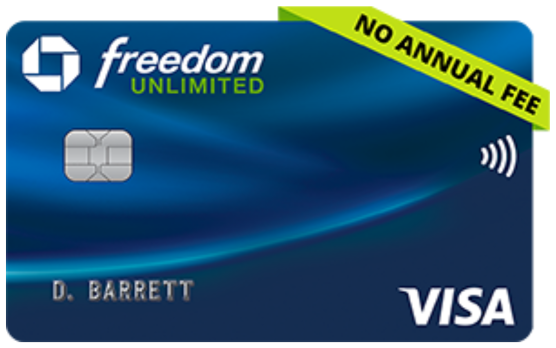


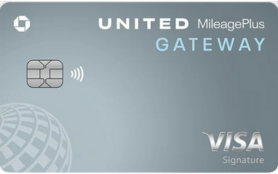
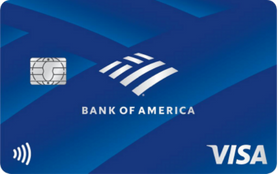
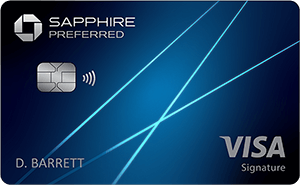
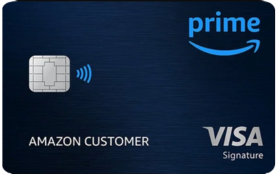
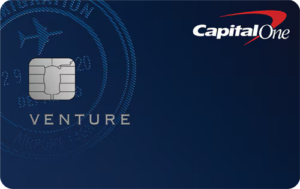
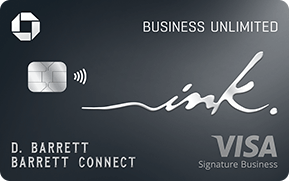


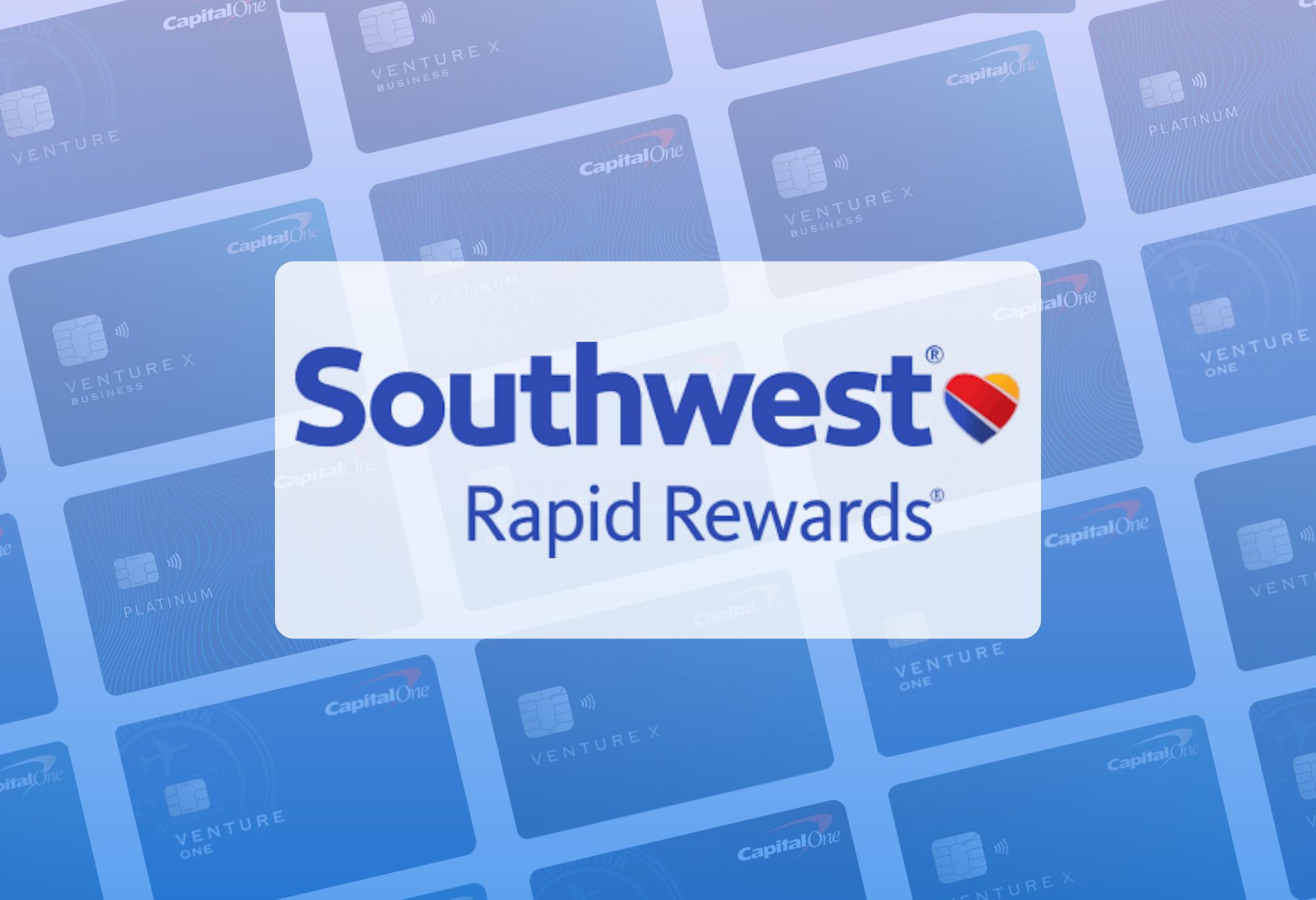
 by your friends at The Daily Navigator
by your friends at The Daily Navigator



